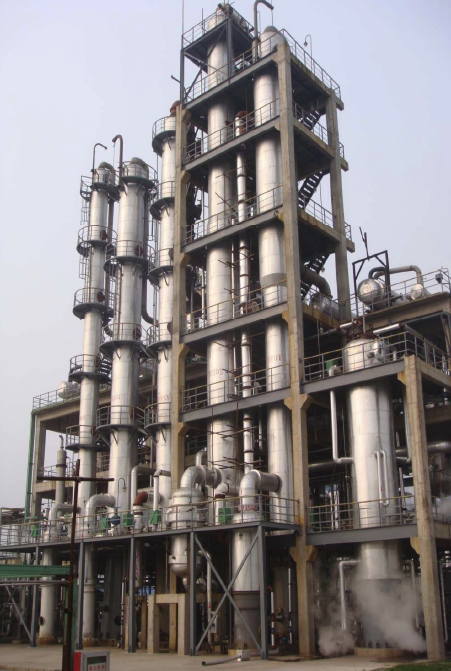Formic acid, a simple carboxylic acid with the chemical formula HCOOH, is extensively used across numerous industries due to its versatile properties. This article explores the various production technologies employed to manufacture formic acid, detailing the processes, advantages, and applications.
The Basics of Formic Acid
Formic acid is naturally found in some ants and plants, and it serves as an essential industrial chemical. Its applications range from leather tanning and textile dyeing to agriculture and food preservation. The following sections highlight the primary methods used for its industrial production.
Methanol Carbonylation
One of the most prevalent methods for producing formic acid involves the carbonylation of methanol. This process entails the reaction of methanol with carbon monoxide in the presence of a catalyst, usually a metal complex like rhodium or cobalt.
Process Steps:
1. Methanol Preparation: Methanol is purified and dried to remove any impurities.
2. Carbonylation Reaction: Methanol reacts with carbon monoxide under high pressure and temperature in the presence of a catalyst to form methyl formate.
3. Hydrolysis: Methyl formate is then hydrolyzed to produce formic acid and methanol, which can be recycled back into the process.
Advantages:
- High yield of formic acid.
- Efficient recycling of methanol.
- Scalable for industrial production.

Sodium Formate Process
The sodium formate process is another widely used method. It involves the catalytic oxidation of carbon monoxide in the presence of sodium hydroxide to produce sodium formate, which is subsequently converted to formic acid.
Process Steps:
1. Carbon Monoxide Oxidation: Carbon monoxide reacts with sodium hydroxide to form sodium formate.
2. Acidification: Sodium formate is treated with sulfuric acid to yield formic acid and sodium sulfate.
Advantages:
- Utilizes readily available raw materials.
- Produces formic acid of high purity.
- Cost-effective for large-scale production.
Oxalic Acid Decomposition
Formic acid can also be produced through the thermal decomposition of oxalic acid. This method involves heating oxalic acid in the presence of a strong acid, resulting in the formation of formic acid and carbon dioxide.
Process Steps:
1. Oxalic Acid Heating: Oxalic acid is heated with a strong acid catalyst.
2. Decomposition Reaction: The thermal decomposition produces formic acid and carbon dioxide.
Advantages:
- Simpler process compared to other methods.
- Does not require high pressures.
- Suitable for small-scale production.
Electrochemical Reduction
In recent years, the electrochemical reduction of carbon dioxide has emerged as a promising method for formic acid production. This process uses electricity to convert carbon dioxide directly into formic acid.
Process Steps:
1. Electrochemical Cell Setup: An electrochemical cell with appropriate electrodes and electrolyte is prepared.
2. CO2 Reduction: Carbon dioxide is reduced at the cathode to formic acid.
Advantages:
- Environmentally friendly, utilizing CO2 as a feedstock.
- Can be integrated with renewable energy sources.
- Potential for high efficiency and selectivity.
Applications of Formic Acid
Leather and Textile Industry
Formic acid is extensively used in the leather and textile industries for tanning and dyeing processes. Its ability to effectively regulate pH levels makes it indispensable in these applications.
Agriculture
In agriculture, formic acid serves as a preservative and antibacterial agent in livestock feed. It helps maintain feed quality and promotes animal health.
Chemical Synthesis
Formic acid is a valuable reagent in various chemical synthesis processes. It acts as a reducing agent, catalyst, and intermediate in the production of numerous chemicals.
Food Industry
In the food industry, formic acid is used as a preservative and antibacterial agent, ensuring the safety and longevity of food products.
Conclusion
The production technology of formic acid has evolved significantly, with multiple methods available to cater to different industrial needs. From the carbonylation of methanol to the electrochemical reduction of carbon dioxide, each process offers unique advantages and applications. As a leading supplier of formic acid, we provide high-quality products tailored to your specific requirements. For further information or to place an order, please contact us.
















